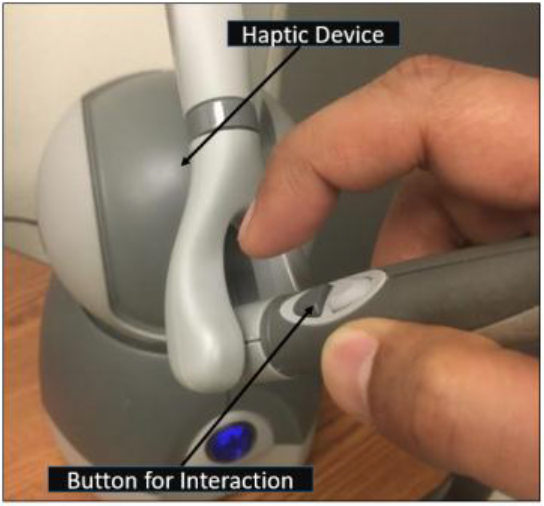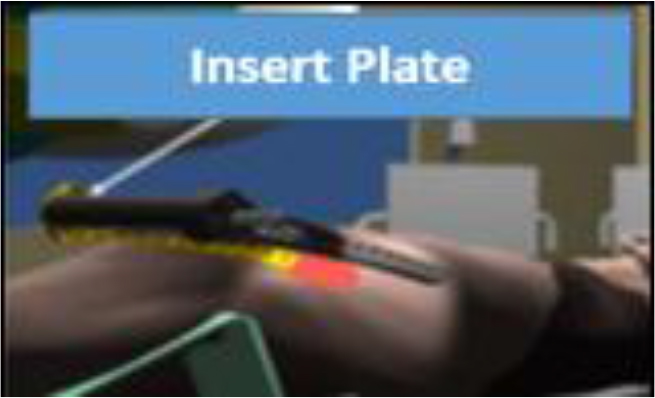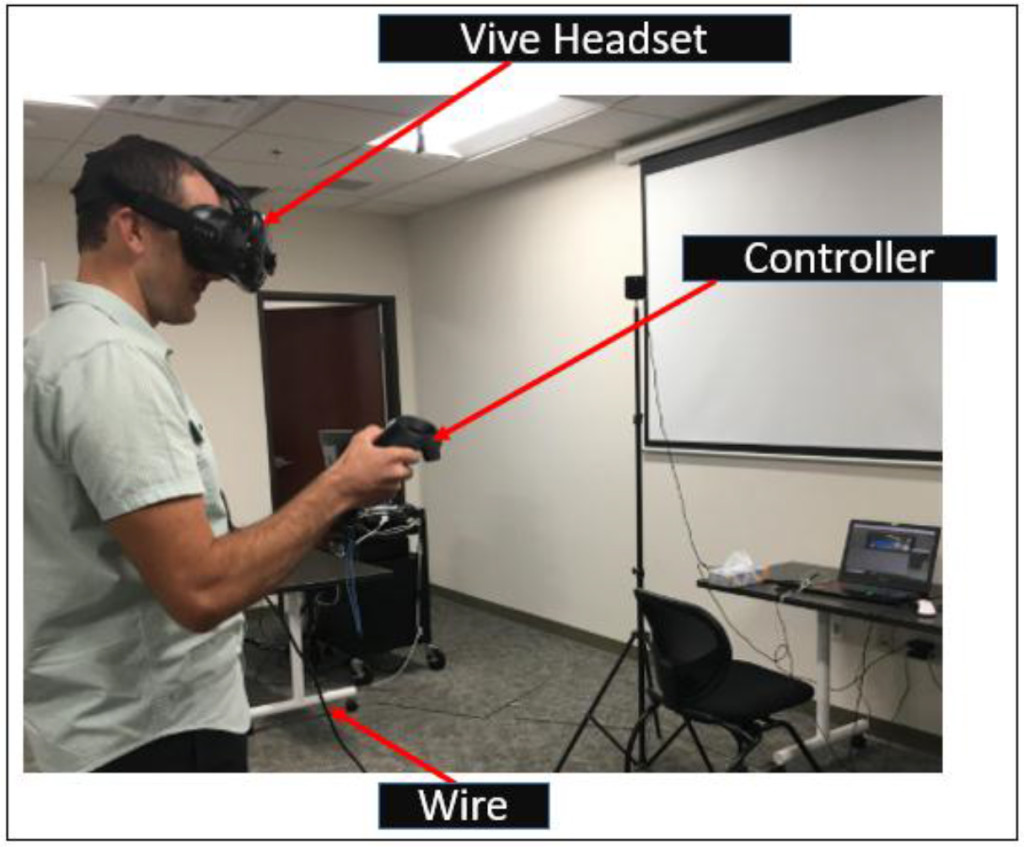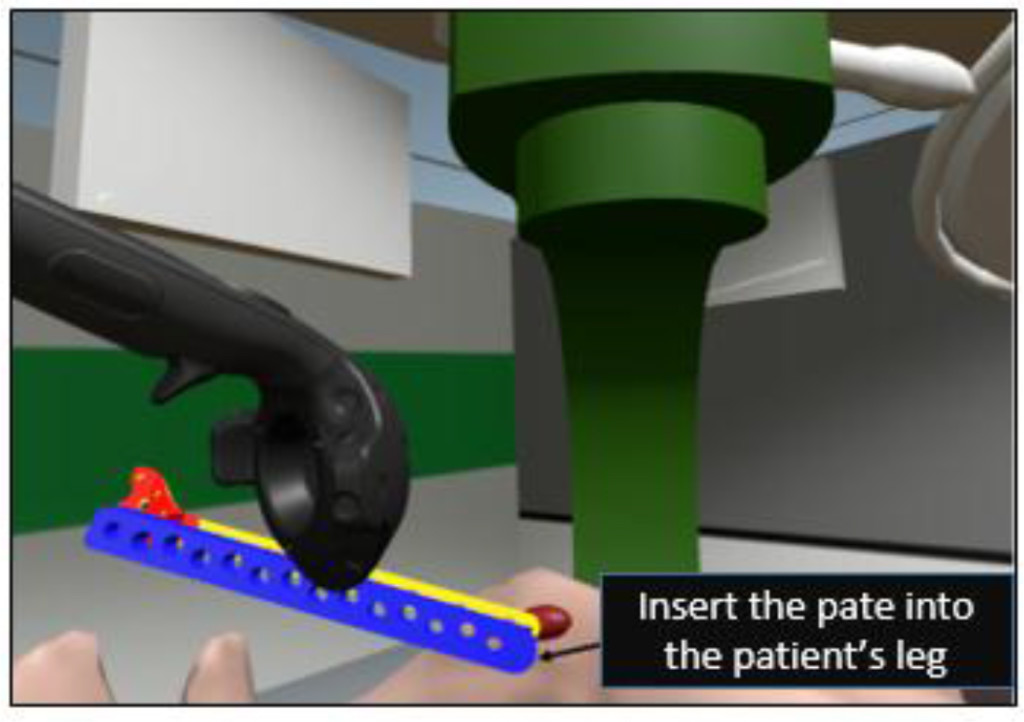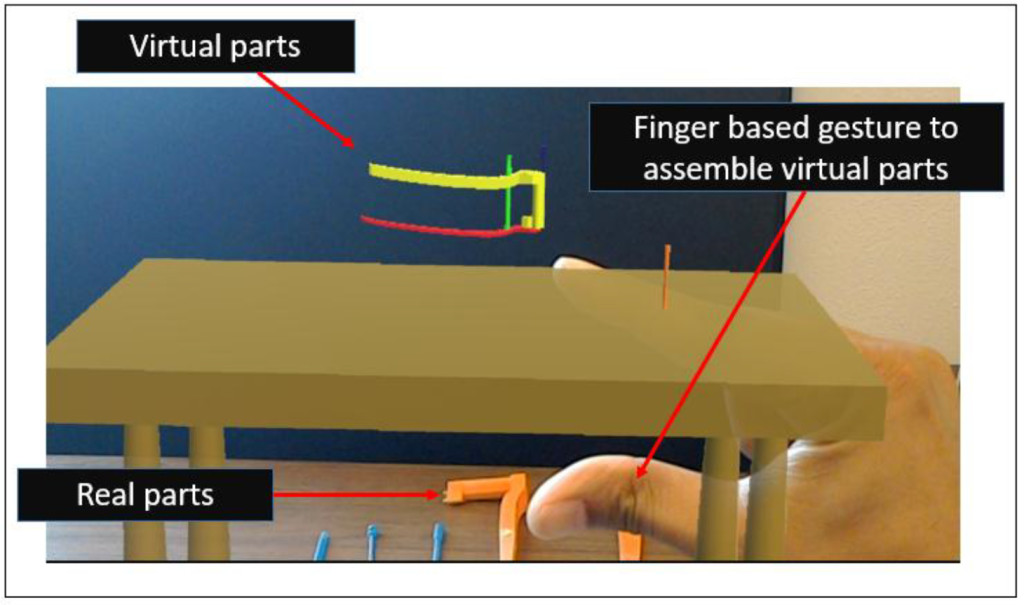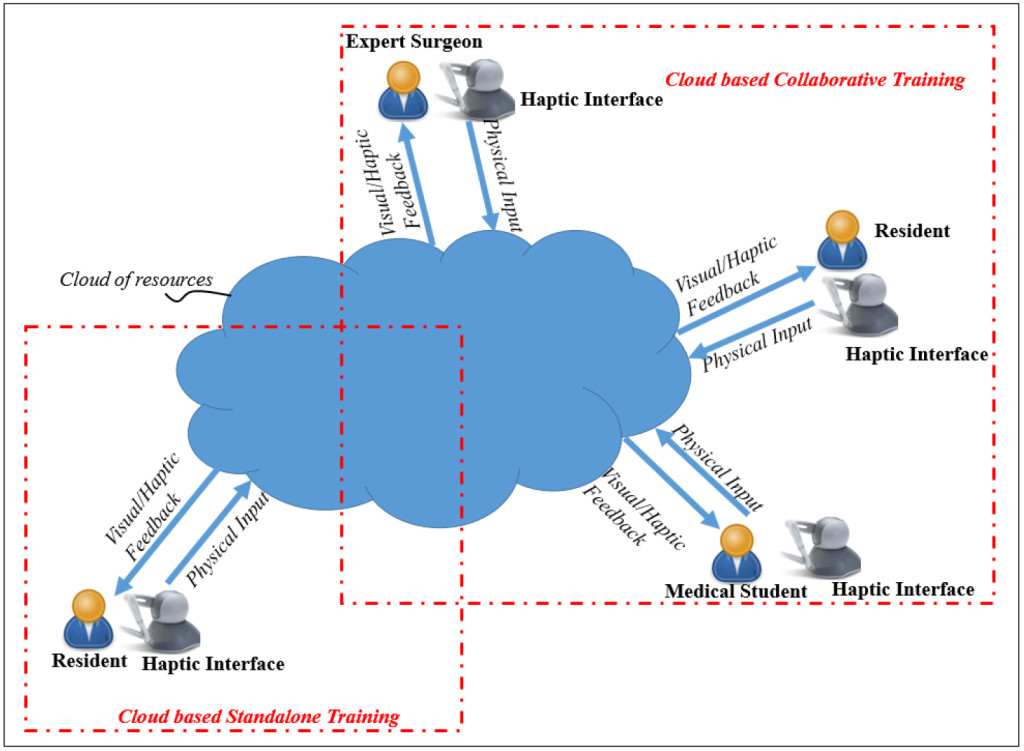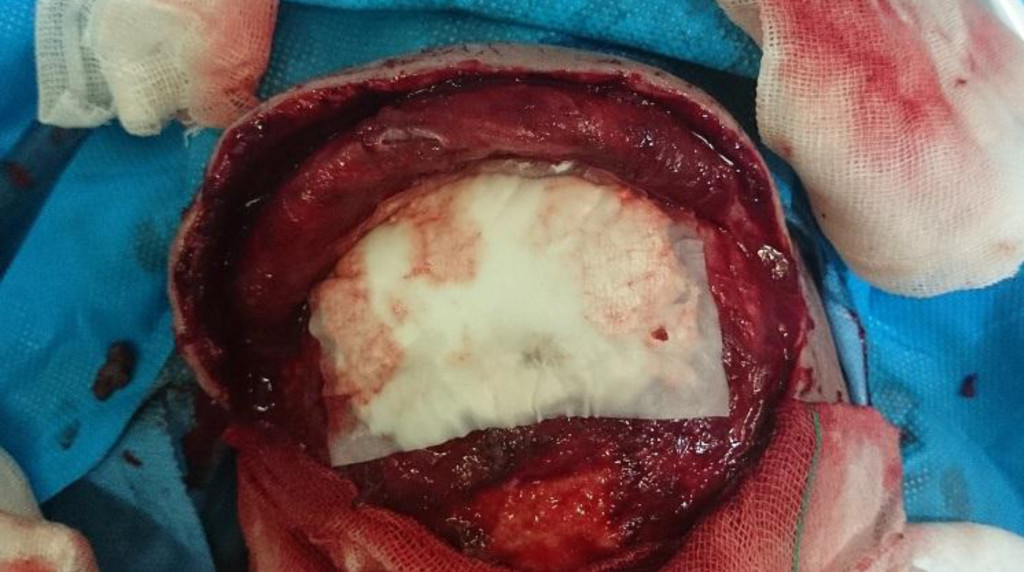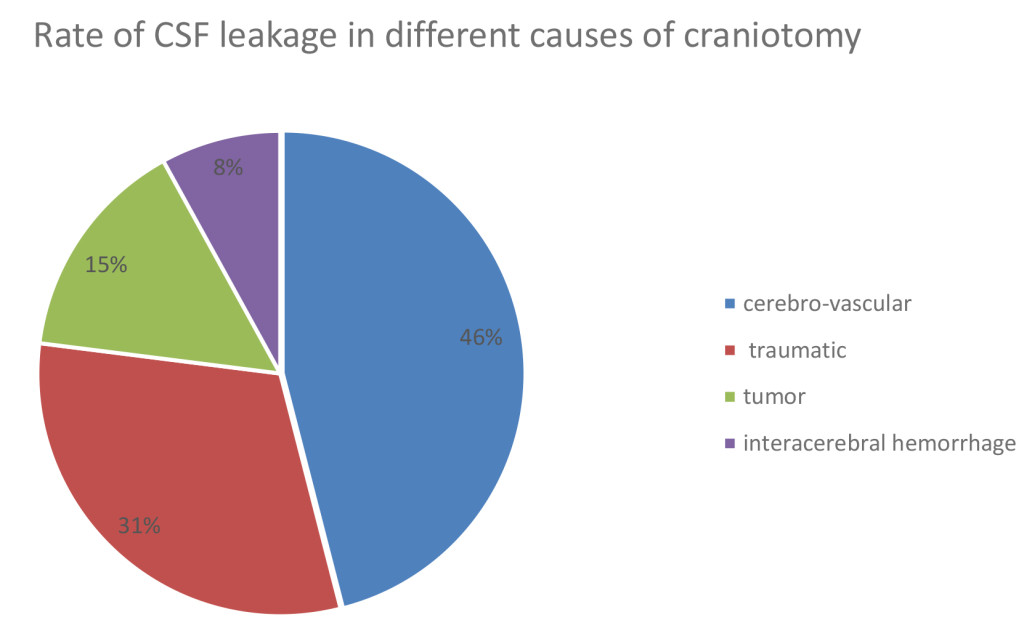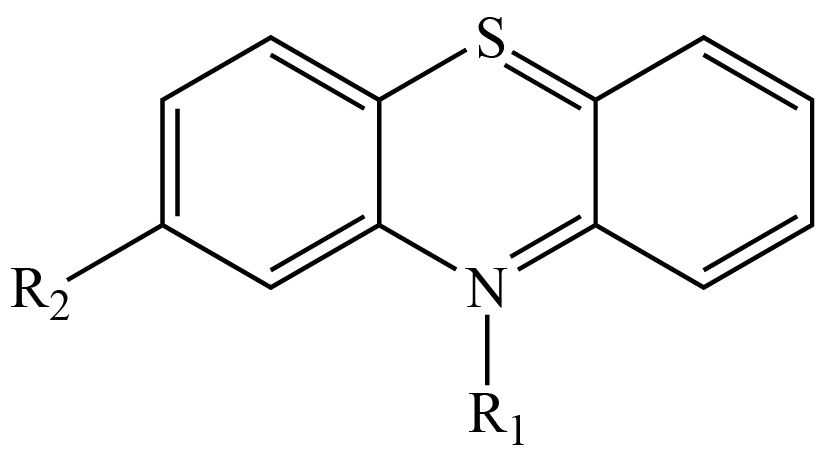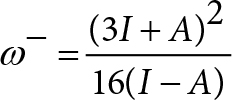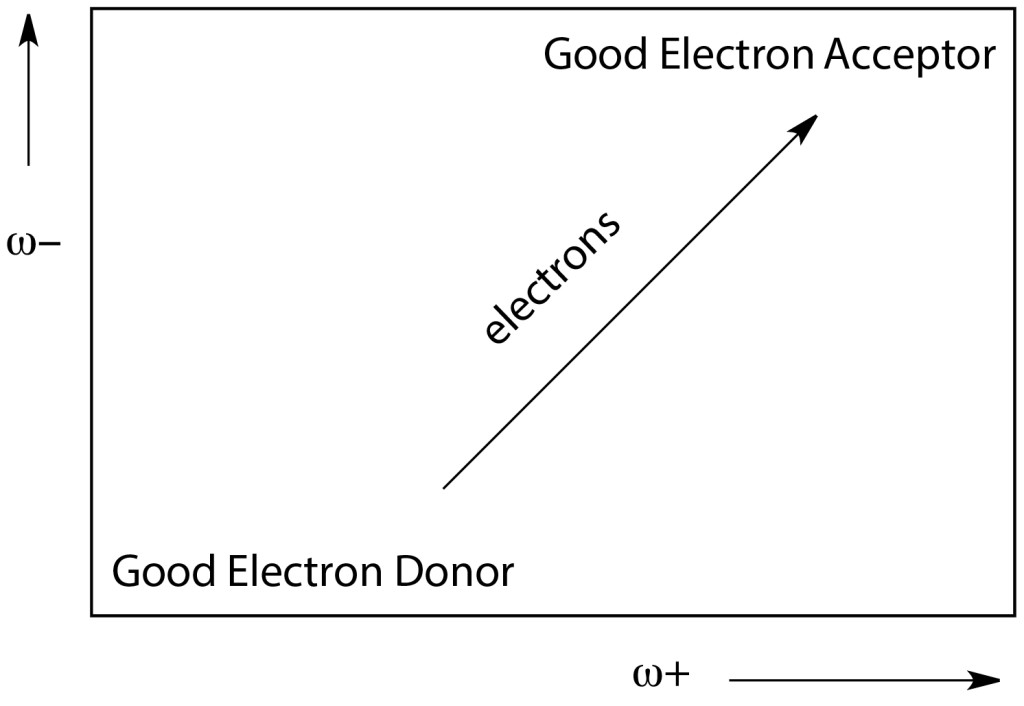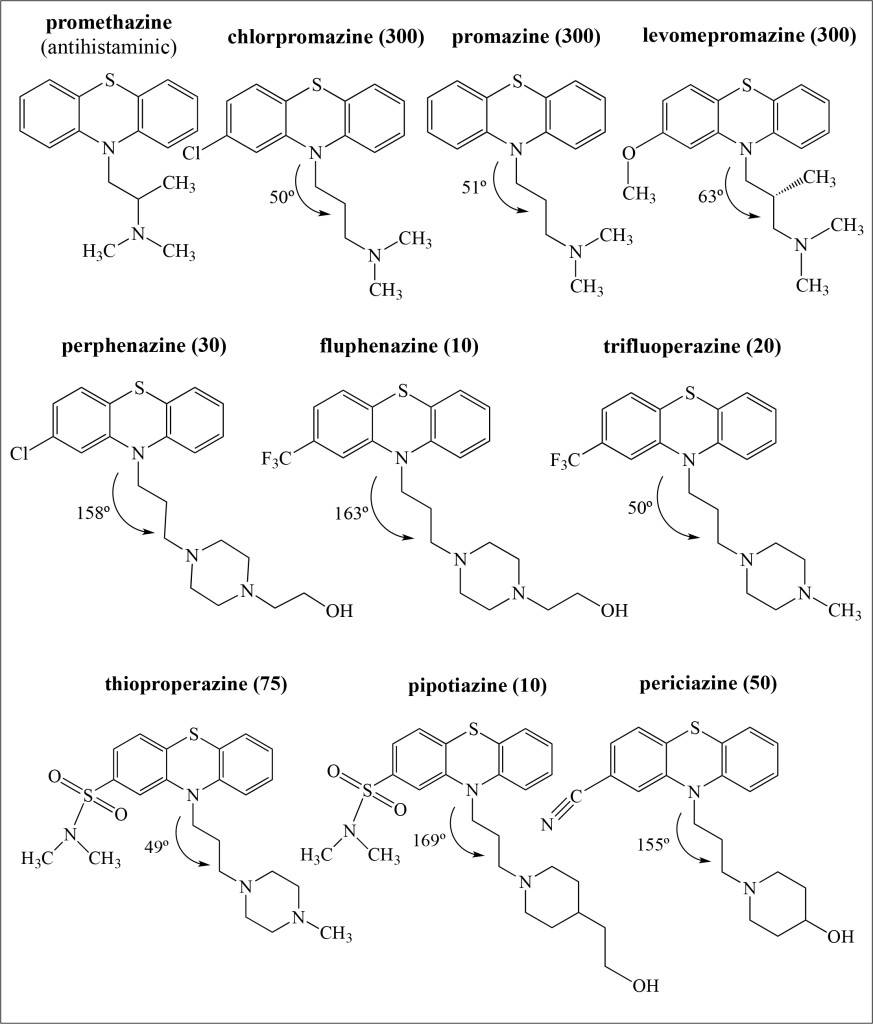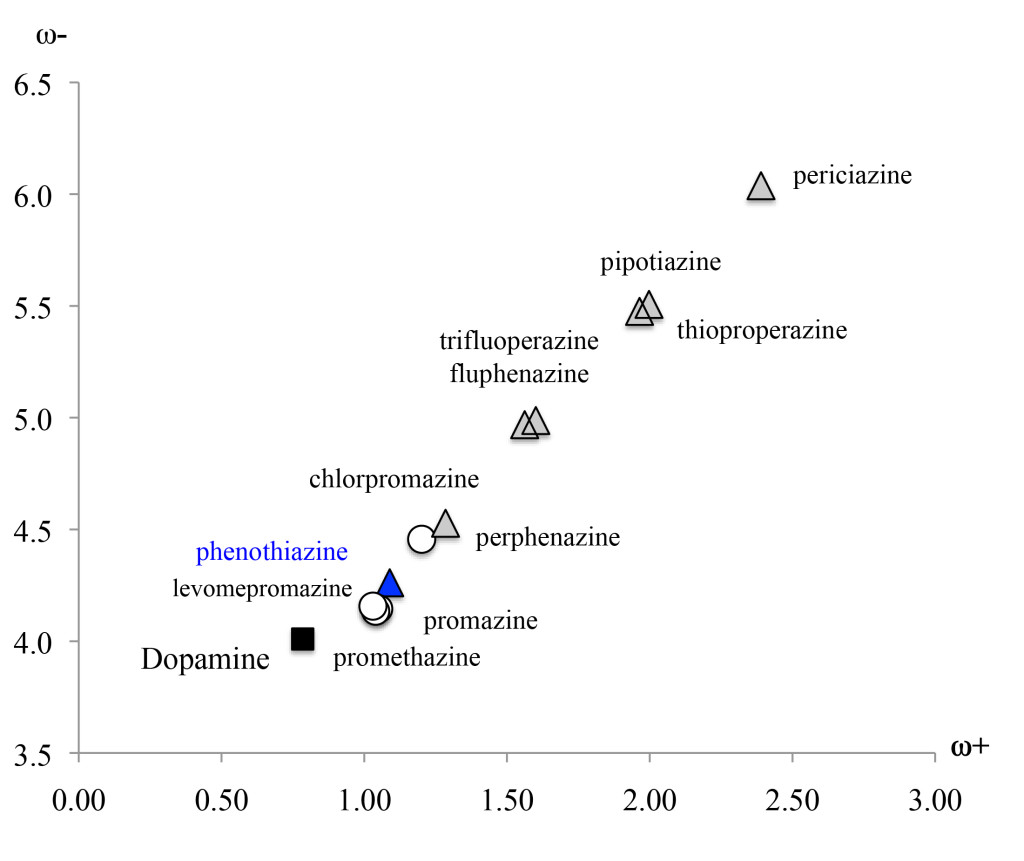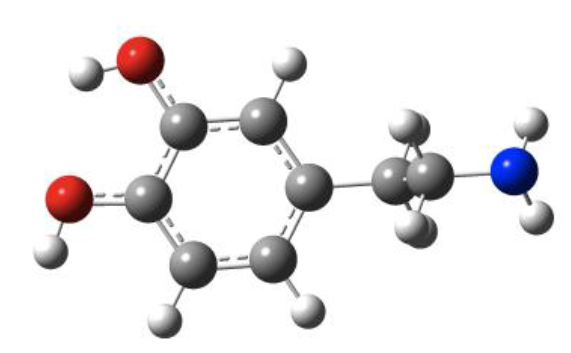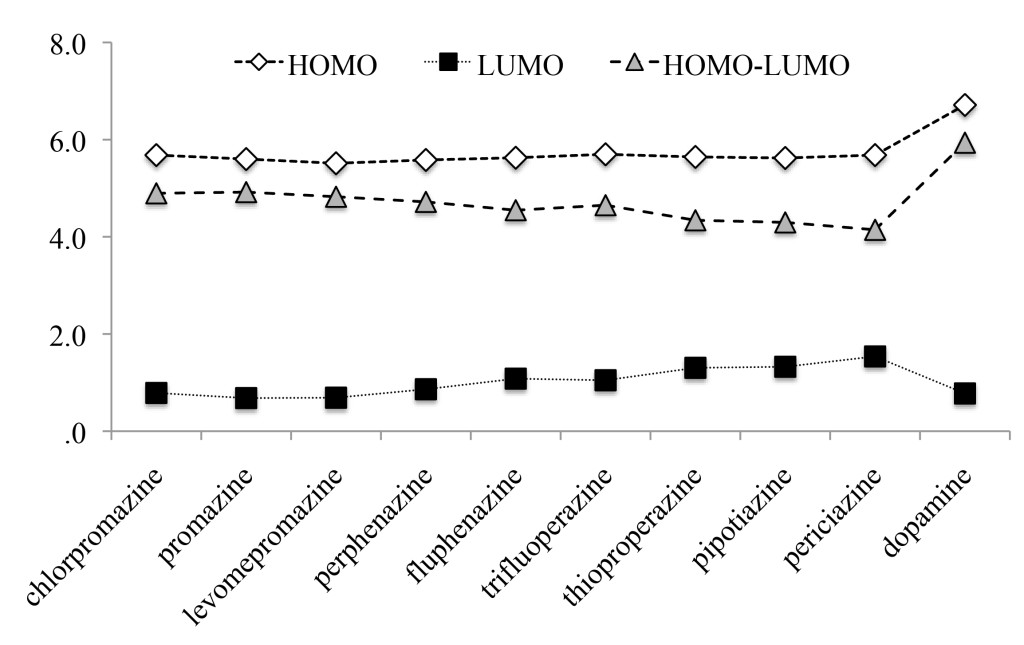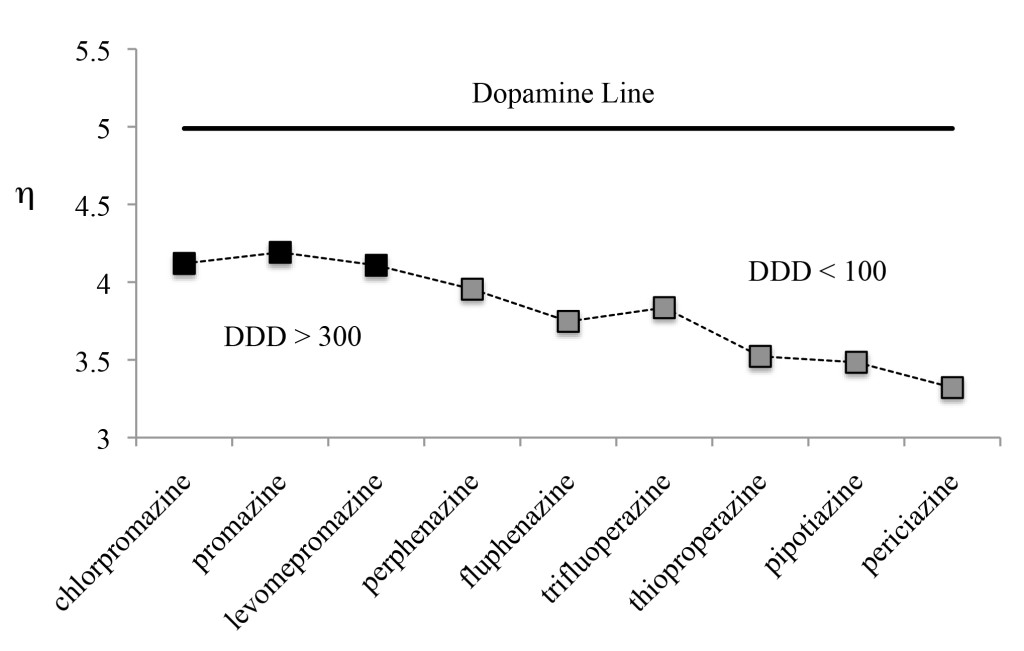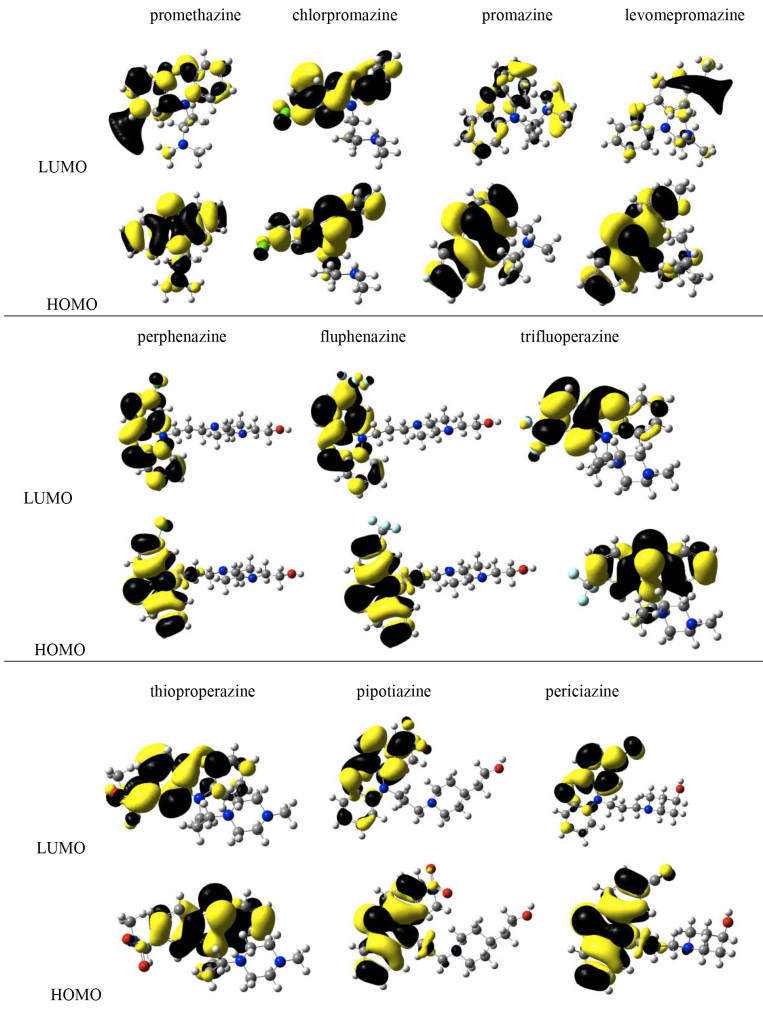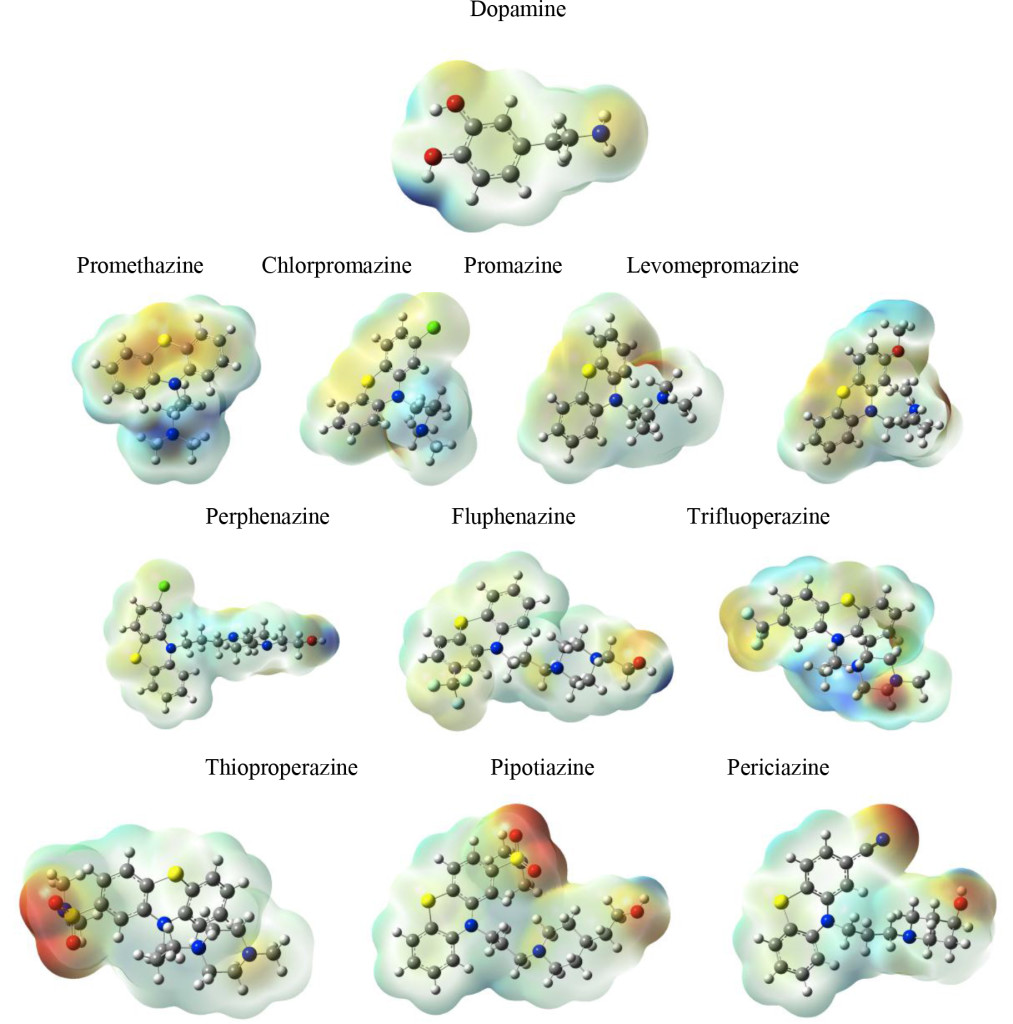DOI: 10.31038/SRR.2018112
Abstract
Purpose
The left ventricular assist device (LVAD) population is rapidly expanding. Unique characteristics, including lack of knowledge concerning LVADs and necessary anticoagulation, complicate acute traumatic injury.
Methods
A descriptive retrospective case series was created by cross-referencing our LVAD and trauma databases at our academic, Level 1 trauma center from 2004 – Present. A chart review was performed to obtain demographics, admission data, traumatic work-up and management, LVAD data, and outcomes.
Results
Three patients sustained traumatic injuries with a LVAD in place. None were admitted by the Trauma service; 2 had routine consultations, delaying imaging and injury diagnoses. Arrival vitals were not predictive of life threatening injuries; no palpable pulse with no recorded blood pressure. No mechanical pump complications resulted; 1 patient experienced a pump flow pulsatility/suction event.
Conclusion
Trauma providers must understand LVAD function to effectively evaluate these patients. Initial work-up should involve the trauma service to prevent delays in diagnosis and cardiothoracic surgery to evaluate the LVAD.
Keywords
Left ventricular assist device (LVAD); Trauma; Complications; Acute injury; Presentation
Introduction
Heart disease continues to plague Americans. It remains the leading cause of death for both men and women, and 1 out of every 4 deaths in America is due to heart disease [1]. For those with advanced or end stage heart failure aside from medical management, left ventricular assist devices (LVADs) are the most common therapy. Between 2,500 and 3,000 LVADs are implanted annually in the United States at nearly 200 facilities [2]. LVADs can serve as a bridge to heart transplantation (BTT) or as destination therapy (DT) for patients not meeting transplant eligibility which has exponentially increased the number of LVAD implantations in recent years [3]. Interestingly, one and two year survival rates of patients with LVADs is equivalent to those undergoing heart transplantation [4].
Despite this growing population of patients, some are transplanted and others destined never to be, few centers have LVAD programs, and even fewer providers are familiar with how LVADs function. Differing LVAD models and patient physiology will affect the presence of a pulse and requirements for anticoagulation. Emergency department providers in hospitals with LVAD programs may be primed to recognize common adverse events such as gastrointestinal bleeding, device thrombosis, and strokes but this is widely variable. Providers intimately involved with LVAD programs recognize aortic insufficiency, right ventricular failure, and driveline infections as serious complications which can lead to mortality, but unfortunately, literature about LVADs is primarily confined to cardiology and cardiothoracic surgery.
Following implantation, LVAD patients have an important improvement in their quality of life. Nearly 80% are satisfied with their decision to undergo implantation [2]. They are able to regain mobility and usual activities [5]. These patients are no longer house bound, return to driving, traveling, and partaking in risky behaviors such riding motorcycles. Therefore, they are at risk for traumatic injury and may present to facilities without LVAD programs receiving care from emergency department physicians, traumatologists, and intensivists – who may be unfamiliar with the presentation of a traumatically injured patient with an LVAD. The goal of this study was to review our cases of acute traumatic injuries in LVAD patients to better understand this patient population and approach to treatment.
Materials and Methods
Following IRB approval, we cross-referenced our LVAD and trauma registries at our academic, Level 1 trauma center from 2004 – 2017. We then created a descriptive, retrospective case series of patients appearing in both databases. A chart review was performed to obtain demographics, admission data, traumatic work-up and management, LVAD data, and outcomes.
Results
A total of 302 patients received LVADs at our Level 1 trauma center from 2004–2017. After the cross-reference process, 3 patients were identified as having sustained acute traumatic injuries with an LVAD in place. Following is a summary of each of their cases.
Case #1
A 74 year old male with a history of ischemic cardiomyopathy who had an Heartmate II LVAD in place for 4 years, 2 months, and 9 days as destination therapy at the time of his acute traumatic injury. He was not a candidate for transplant due to his high operative risk. His co-morbidities included renal insufficiency, chronic back pain, COPD, atrial fibrillation, hypothyroidism, and a 30-year pack year tobacco use. The patient was a restrained driver in a motor vehicle accident. He was traveling at 35 mph, got distracted and struck the back of another vehicle. Airbags were deployed. He denied loss of consciousness. He sustained bruising of his abdomen. He presented later that afternoon to his local infusion center for a transfusion and upon hearing the history, was sent to the nearest emergency department to be evaluated. Given the complex nature of his health, he was transferred to our tertiary center, arriving 7 hours post injury complaining of pain across his upper abdomen in a band-like distribution.
His vitals at the initial hospital and during transport demonstrated a heart rate of 70–100 with blood pressures of 90/palpable. At our facility, MAPs were recorded upon arrival until an arterial line was placed. The trauma service was the first service to document 2+ pulses symmetry throughout all extremities followed by the intensivists who documented bilateral radial and dorsalis pedis signals by Doppler, otherwise he was non-pulsatile.
Prior to transfer, the patient received a chest x-ray and CT head demonstrating a small acute tentorial and falcine subdural hematoma. He was directly admitted to our heart failure service who consulted our neurosurgical, cardiothoracic surgery and trauma services approximately 13 hours later. The trauma service ordered maxillofacial, chest, abdomen, and pelvis, cervical, thoracic, and lumbar spine CTs to complete his work-up. Injuries identified included a subdural hematoma, splenic laceration with associated hemoperitoneum, left 4–8 rib fractures, and right 4–7 rib fractures. The splenic laceration could not be graded and a liver laceration was suspected, however, the CTs were non-contrast due to the patients underlying renal insufficiency (Cr 1.5). His injury severity score was 29.
The patient was initially admitted to the floor, but given the patient’s subdural hematoma and therapeutic anticoagulation with warfarin, he was transferred to the ICU for frequent neurochecks. The patient had an INR of 2.48 at presentation with a lactic acid of 2.1, no leukocytosis, and a H/H of 7.6 and 26.8 respectively. Platelet count was 118. He initially received a transfusion of two units pRBCs due to a decrease in Hg to 6.4 on serial check. The patient’s warfarin was held at admission, and cardiothoracic surgery preferred not to give any reversal agents and restart the warfarin when all services were amenable. By hospital day (HD) 3, neurosurgery agreed to restarting warfarin and trauma was agreeable to restarting it on HD 4, so the first dose was given HD 4. Unfortunately on HD 5, the patient’s INR jumped to 3.7 and prothrombin complex concentrate 2500 units was given. Additionally, he was transfused 2 more units of pRBCs for worsening anemia and a stat CT angiogram of the abdomen was performed in anticipation of splenic embolization. During this time, he was transferred back to the ICU for close monitoring. Ultimately, the CT demonstrated no change and no further interventions or transfusions were necessary. He spent 6 of his 12-day hospitalization in the ICU and was discharged to a skilled nursing facility.
With regard to the LVAD, this patient did not have an EKG performed during this admission. An echocardiogram was performed hospital day 3 and a normal troponin was drawn at the transferring hospital with no repeats. His LVAD was interrogated during his hospital admission demonstrating low pulsatility indices (PIs) down to 1.7 post-accident, but no low PIs at the time of the accident. There was no evidence of device damage as a result of the motor vehicle crash. The patient did not receive any intervention for his traumatic injuries.
Case #2
This was a 72 year old female with a history of non-ischemic cardiomyopathy. At the time of her acute traumatic injury, her Heartmate II LVAD had been in place for 1 year, 5 months, and 22 days as destination therapy. Her co-morbidities included hypertension, chronic kidney disease, and diabetes. After standing up, the patient became unsteady, fell and hit her head. She did not recall any preceding symptoms of dizziness, lightheadedness, or palpations. She described the event as losing her balance and not being able to catch herself. She presented to the emergency department as a walk-in, complaining mainly of a headache.
Initially, heart rates in the 70s and no blood pressures were documented. The first documented blood pressure was 0/0 and a MAP of 110 five hours after her arrival. MAPs continued to be recorded without blood pressures. Pulses were not documented by emergency medicine. However, they were document as 2+ and symmetric by cardiology and nephrology, but 0/4 in all extremities bilaterally by cardiothoracic surgery.
The patient underwent a maxillofacial, head and cervical spine CT that were all negative. On physical exam, she had a 2 centimeter scalp laceration repaired by the emergency medicine providers
(ISS = 1). She, too, was admitted to our heart failure service to the general floor and cardiothoracic surgery and nephrology were consulted. She was hospitalized for 3 days of observation and discharged home with home health care.
On admission, her INR was 2.6 due to warfarin. Neither a lactic acid, nor troponin were checked. She had no leukocytosis, and her H/H was 10.1/33.7 with a platelet count of 339. She had an EKG performed on arrival, but no ECHO during her hospitalization. Her LVAD was interrogated and demonstrated normal values without any PI events. There was no evidence of device damage.
Case #3
A 51 year old male with a history of ischemic cardiomyopathy who had a HeartWare LVAD in place for 7 months and 25 days presented to our emergency department reporting two episodes of syncope the previous night. He initially had been listed for transplant but was delisted 2 months prior for drug use. His co-morbidities included hypertension, cardiorenal syndrome, pulmonary hypertension, chronic hyponatremia, tobacco abuse (quit 3 years prior), and drug abuse (methamphetamines). At presentation, he had an abrasion to his forehead and stated in the past week he had experienced worsening dizziness with falls. He could not recall all the events with accuracy. He reported 2 months of sobriety.
Initial blood pressures were recorded as 102/0 a little over two hours after arrival, followed by serial MAPs beginning 4 hours after arrival. Pulses were not documented until HD 2 by the critical care team as bilateral radial and pedal Doppler signals. Additionally, neither the trauma service nor emergency medicine documented a pulse or Doppler exam.
A CT head was obtained which demonstrated a 1.4 cm left cerebellar hyperattenuating lesion which appeared hemorrhagic and a 1.1 cm left temporal hypoattenuating lesion which was concerning for embolic cerebrovascular accident, intracranial abscess, or malignancy. Unfortunately, an MRI could not be performed due to the LVAD. The patient was admitted to the ICU by medical intensivists who consulted neurosurgery, cardiothoracic surgery, and nephrology. On admission, his WBC was 21 and blood cultures were sent that grew gram-positive cocci in pairs/chains within 12 hours. A lactic acid was not drawn and his H/H was 9.8/30.6 with a platelet count of 317.
This patient was anticoagulated with warfarin, and his INR on admission was 2.8. Due to his LVAD device, he was an elevated risk of embolic events. Thus, unless his head bleed worsened or he needed operative intervention, cardiothoracic surgery recommended keeping him his INR therapeutic. On HD 2, however, the patient had a 2 gram decrease in hemoglobin. Combined with the concern for septic emboli and malignancy, a CT chest, abdomen and pelvis were performed. A grade 3 splenic laceration (4 cm) with subcapsular hematoma with active bleeding and moderate hemoperitoneum was identified (ISS = 9). At this point 26 hours after admission, the trauma service was consulted. Fresh frozen plasma was transfused with a goal INR of 2.0. Serial hemoglobins were checked with the plan for embolization if the patient demonstrated continued transfusion requirements. He received FFP and 5 units of pRBCS within 24 hours. A repeat head CT was obtained and remained unchanged. Review of the first CT abdomen and pelvis was concerning for splenic pseudoaneurysms. Therefore, on HD 3, a repeat CT angiogram of the abdomen was performed which confirmed multifocal pseudoaneurysms in the spleen. The patient underwent successful selective embolization of these pseudoaneurysms and feeding arteries. He required no further transfusions, but did receive antibiotics for 1 month for strep viridans bacteremia. He was bridged back to warfarin with heparin beginning HD 6 after much deliberation amongst the teams. His brain lesions were felt to be hemorrhagic as his septic emboli work-up was negative except for bacteremia. He was discharged home after 11 days, spending 4 of those days in the ICU.
This patient had an EKG on HD 1, a transthoracic echocardiogram on HD 1, and a transesophageal echocardiogram on HD 3 to evaluate his LVAD and valves for vegetation. No troponins were checked. LVAD interrogation revealed stable parameters without any worrisome events. There was no evidence of device damage as a result of the MVC.
Discussion
A review of the literature demonstrates only a single other case series of trauma in LVAD patients. In 2013, Sarsam et al. described 4 patients who sustained external trauma; 3 falls and one blow to the chest [6]. Two of these patients from this series presented acutely, either immediately after the traumatic injury or at 48 hours, while one patient waited 3 weeks and another 14 months [6]. All readmissions, however, were due to device complication. Unfortunately, their report focused on damage to the LVAD, presentation of symptoms related to the LVAD and the operative findings of the damage [6]. To our knowledge, this case series is the first report of traumatic injury in LVAD patients and the findings and considerations at the time of presentation.
There is a paucity of literature about the presentation of these patients and a lack of general understanding about initial management [6,7]. This is evidenced by the varying documentation of the pulse exam and blood pressures in our cases. Providers unfamiliar with LVADs may not understand the continuous blood flow from the LVAD and that pulses may be thready or absent, therefore must be listened to with a Doppler. Additionally, systolic and diastolic blood pressures cannot be technically obtained, but mean arterial pressures are trended even by arterial line if needed. This poses a problem to initial providers who are taught to recognize hemorrhagic shock in traumatically injured patients by tachycardia, a narrowed pulse pressure, and hypotension. Kenyhercz et al. describes this distraction in emergency medicine simulation where learners were disoriented by the LVAD, had little to no knowledge regarding the mechanics or physiology of an LVAD, and therefore, failed to implement Advanced Trauma Life Support (ATLS) resulting in the failure to diagnose life threatening injuries resulting in the death of the simulated patient [8]. This was echoed in our third case with the splenic laceration. In fact, the providers involved considered the acute anemia to be a result of hydration and did not consider a hemorrhagic traumatic injury. The lack of consideration of traumatic injuries is echoed numerous times in the INTERMACS reports [2,4], and even the article “How to Manage the Patient in the Emergency Department With a Left Ventricular Assist Device” only mentions fall with hematoma [9]. Emergency department presentation focuses solely on feared complications of the LVAD and anticoagulation that lead to death, gastrointestinal bleeding, device thrombosis, and strokes, and not the potential for life threatening injuries [9]. Sen et al. does state ATLS protocols should be followed and device malfunction needs to be assessed immediately [10]. While ensuring the VAD coordinator and cardiothoracic surgery team are consulted, a failure echoed in the simulations, Sen et al. does not mention involvement of the trauma service or a trauma surgeon who knows the indicated imaging, concerns, and management of common injury patterns [8].
In our cases, the involvement of the trauma service earlier may not have changed the outcomes, but may have identified injuries earlier changing the plan of anticoagulation reversal. This decision certainly must be made in a multidisciplinary fashion dependent on the patient, type of LVAD, and injuries present with risks and benefits weighed. Unfortunately, at this time there is too little data for any generalized recommendations.
Conclusion
To our knowledge, this is the first report of acute traumatic injury in LVAD patients. Trauma providers (emergency medicine or trauma surgeons) must have an understanding of LVAD function to effectively evaluate these patients, especially if practicing in an area with a robust LVAD and heart transplant program. This includes an understanding of vital sign interpretation, physical exam findings, and need for anticoagulation. Admission may be to a trauma service or cardiology, heart failure, heart transplant, or critical care team. Ultimately, the involvement of a trauma surgeon can prevent delays in diagnosis. The device will need interrogated for pump flow events and to ensure no damage has occurred. However, the decision to reverse anticoagulation and method by which this should be completed must be a collaborative decision.
Acknowledgements
Candice M. Thompson, MSN, RN, CEN
Timothy R. Ryan, APRN-NP
Conflict of interest
The authors, Lisa Schlitzkus, Brett Waibel, John Um and Zachary Bauman, have no conflicts of interest.
Human and animal studies
The study was conducted in accordance with all institutional and national guidelines for the care and use of laboratory animals.
References
- Centers for Disease Control and Prevention. Heart Disease Facts.
https://www.cdc.gov/heartdisease/facts.htm
- Kirklin JK, Pagani FD, Kormos RL, et al. (2017). Eighth annual INTERMACS report: Special focus on framing the impact of adverse events. J Heart Lung Transplant 36: 1080–1086. [Crossref]
- Prinzing A, Herold U, Berkefeld A, et al. (2016). Left ventricular assist devices – current state and perspectives. J Thorac Dis. 8(8): E660-E666. [Crossref]
- Kirklin JK, Naftel DC, Pagani FD, et al. (2015). Seventh INTERMACS annual report: 15,000 patients and counting. J Heart Lung Transplant. 34(12): 1495–504. [Crossref]
- Stehlik J, Estep JD, Selzman CH, et al. (2017). Patient-Reported Health-Related Quality of Life Is a Predictor of Outcomes in Ambulatory Heart Failure Patients Treated With Left Ventricular Assist Device Compared with Medical Management. Circ Heart Fail. 10: e003910. [Crossref]
- Sarsam SH, Meyers DE, Civitello AB, et al. (2013). Trauma in Patients With Continuous-Flow Left Ventricular Assist Devices. Am J Cardiol 112: 1520–1522. [Crossref]
- Gogas BD, Parissis JT, Filippatos GS, et al. (2009). Severe anemia and sub capital femur fracture in a patient with Left Ventricular Assist Device Heart Mate II: the cardiologist’s management of this rare patient. Eur J Heart Fail 11: 806–808. [Crossref]
- Kenyhercz WE, Perez JL, Wolfe AN, et al. (2017). Trauma Resuscitation in a Left Ventricular Assist Device Patient: An Emergency Medicine Simulation Scenario. Cureus 9(10): 31773. DOI 10.7759/cureus. 1773 [Crossref]
- Kroekel PA, George L, Eltoukhy N. (2013). How to Manage the Patient in the Emergency Department With a Left Ventricular Assist Device. J Emerg Nurs 39: 447–453.
- Sen A, Larson JS, Kashani KB, et al. (2016). Mechanical circulatory assist devices: a primer for critical care and emergency physicians. Critical Care 20: 153–173. [Crossref]
